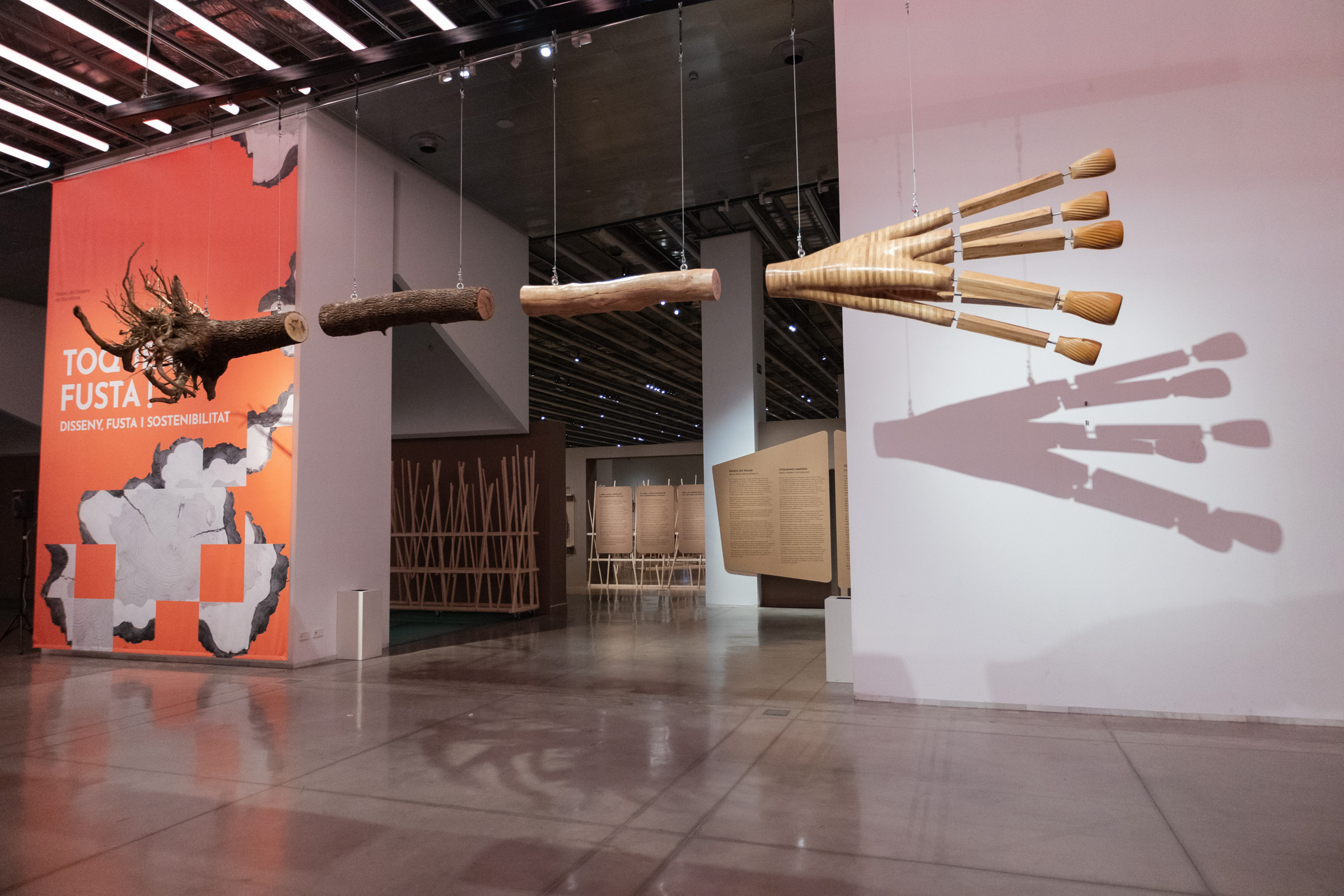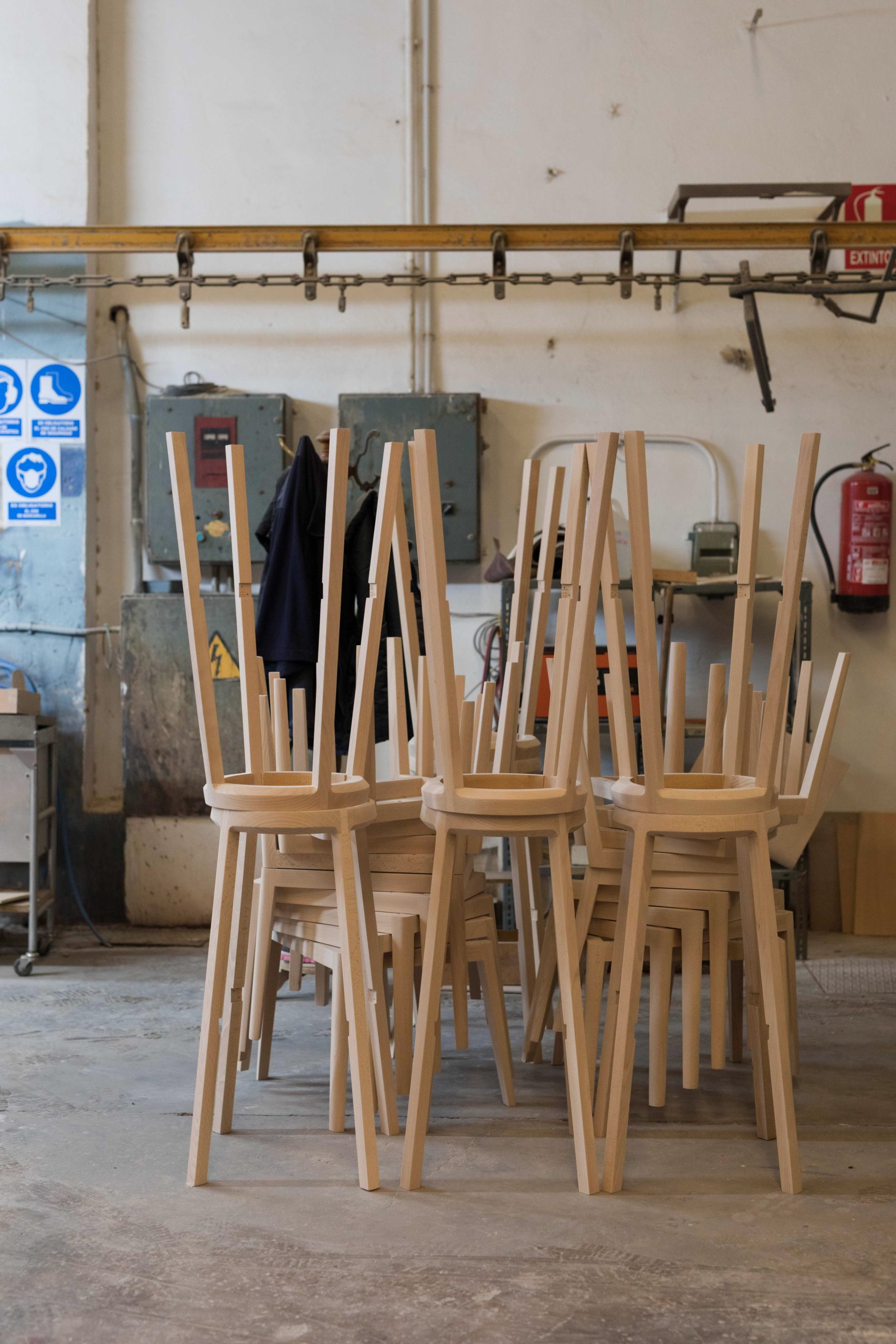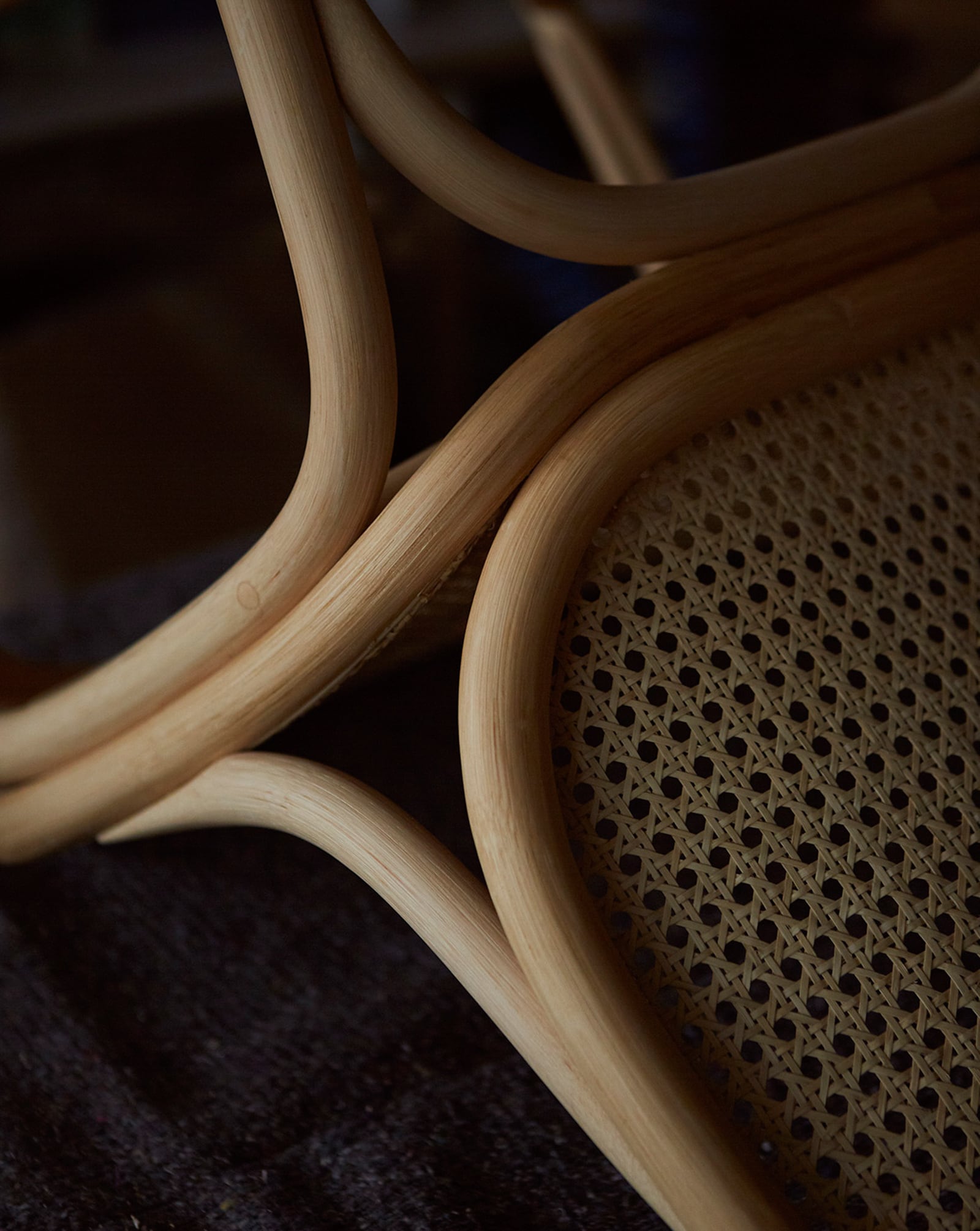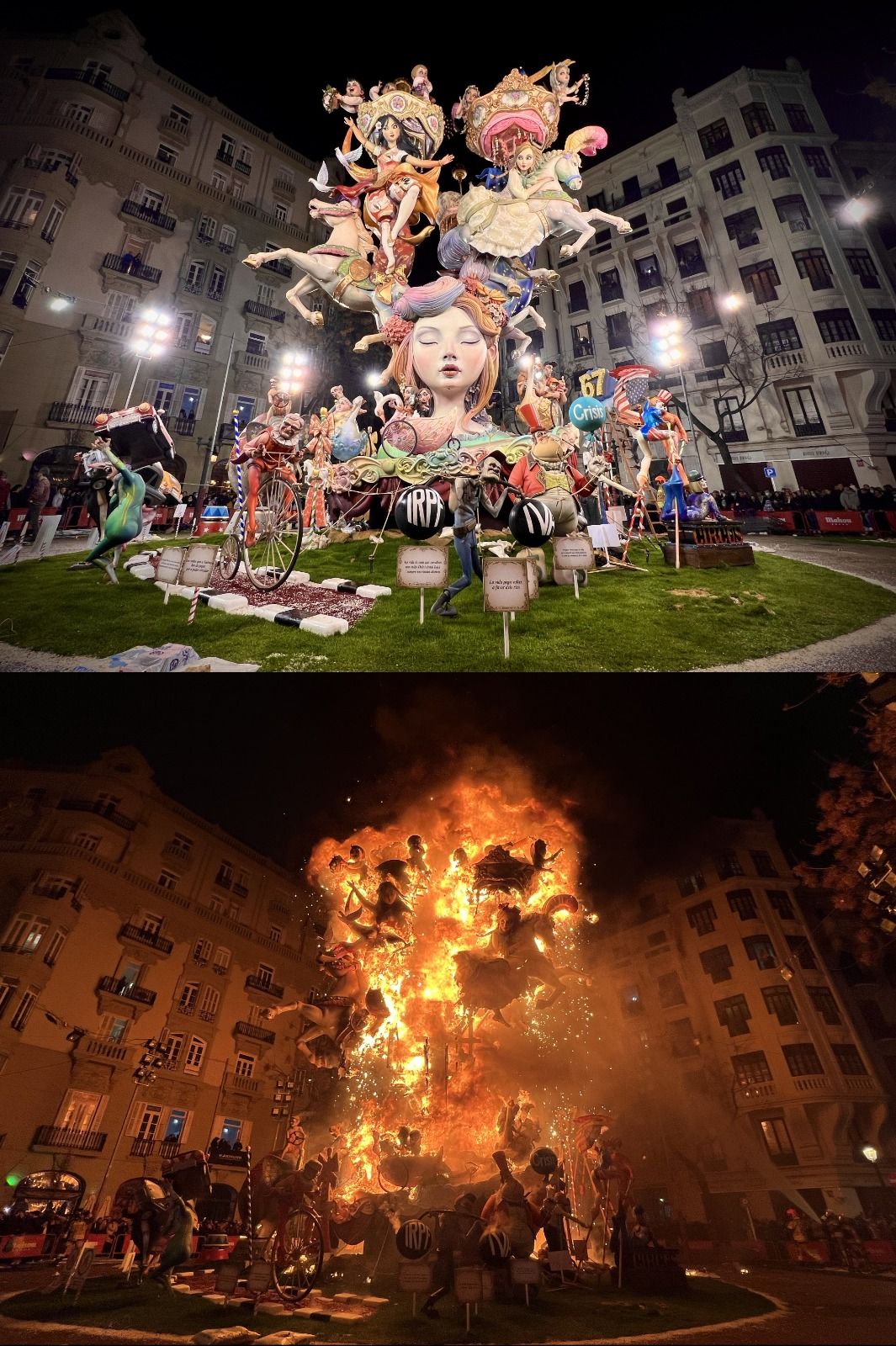When visiting a city, one cardinal rule should be borne in mind: don’t be a tourist. In every city, big or small, there are neighbourhoods, side streets, alleys and more that offer a local, authentic experience. The tourist will arrive at their destination, having a tick-box list of banal sightseeing hotspots at the ready—once completed, they are homeward-bound, mission accomplished. However, the visitor will arrive with little or no agenda, perhaps a smart city reference guide in hand and a willingness to explore, to wander and enjoy those ‘around the corner’ finds.

Tourists waiting on the overly popular Tram 28 in Lisbon. Photo by Paul Green on Unsplash.
The following three European cities have much to offer away from the overhyped tourist trails.
Belfast
In 2018, Lonely Planet named Belfast and the Causeway Coast as the world’s top region to visit—a coup for Northern Ireland, a province that was once a veritable no-go zone. Belfast has enjoyed a growth in entrepreneurial activity, and a notable transformation in its cultural, art, design, food and retail offers. Many of the cruise ships mooring in the city’s famous docks will disgorge its passengers, with coaches ready to ferry hurried tourists to the Titanic Quarter and Titanic Belfast (voted the world’s leading tourist attraction in 2016). While Titanic Belfast is an architectural gem (as are the adjacent slipways on which the fabled Titanic was built), there are other areas of the city that merit the curious visitor’s attention.

Titanic Belfast. It’s well worth checking out the docks, but look for a local guide or grab a Belfast Bike and take your own tour. Photo via Visit Belfast.
No visit to Belfast is complete without enjoying a stroll around the leafy University Quarter. The historic campus of Queen’s University Belfast and adjacent Botanic Gardens are a joy to explore. Nearby, The Pocket cafe is the perfect spot for coffee and brunch. If you’re curious about Belfast’s political past and The Troubles, then a Belfast Black Taxi Tour is the best way to get an informative, impartial account. In the city’s Cathedral Quarter, visitors can discover Belfast’s buzzing new nightlife destination. For a more local feel, have a drink at The National, catch some live music and comedy at The Black Box and dine at The Muddlers Club. And for great coffee, a friendly welcome and some Belfast hipster vibes, drop into Established. In terms of accommodation, Belfast offers everything from budget to budget-busting. A recent addition to the scene is the Flint, ideally located in the centre of town. It’s more aparthotel in style, with clean, bright and stylish interiors.

The Palm House in Botanic Gardens. Photo via Visit Belfast.

Queen’s University. Photo via Visit Belfast.

The Flint. Photo via The Flint.

A buzzing alley in Belfast’s Cathedral Quarter. Photo by Anthony Livingstone via Lonely Planet.
Lisbon
Lisbon is one of Europe’s oldest cities, its vivid winding streets alive with the clatter of trams, the hubbub of chattering locals, and a sensory overload of delicious aromas that emanate from local cafes and eateries. Cosmopolitan and oh-so cool, Lisbon is free from affectation, enjoying a live and let live attitude.

Colourful Lisbon. Photo: Alamy via the Guardian.

The quintessential Lisbon tram. Photo © Four Seasons Hotel Ritz Lisbon.
Lisbon’s famous vintage yellow trams and its jaunty tuk-tuks are often commandeered by tourists (usually day trippers from the massive cruise ships that blight the harbour). Thankfully, despite its many hills, walking is the best way to traverse and see the city (and Uber is an inexpensive option). After checking-in at The Lisboans—a much recommended fifteen apartment boutique hotel, housed in a renovated former canned food factory—you might be feeling some hunger pangs. Dear Breakfast, in Lisbon’s Sao Bento neighbourhood, is a laid-back space that offers a range of all-day breakfast fare—and it’s a wonderful place in which to linger and relax. For a creative fix, LX Factory is an urban project with an amalgamation of fashion, fine arts, architecture, music, arty retailers and cafes. And if you prefer a good magazine, Under the Cover has an incredible selection of independent, modern titles. Lisbon has a host of restaurants in all shapes, styles and sizes. For something different, stock up on Portuguese food and wine at Prado Mercearia. This utterly handsome grocers (recently nominated for a ‘Restaurant & Bar Design Award’), specialises in organic products and natural wines. Situated just below The Lisboans, take your purchases back to your room, play some fado on the radio and enjoy.

The Lisboans. Photo via Welcome Beyond.

Prado Mercearia. Photo by Manuel Manso via Time Out Portugal.

Under the Cover bookshop. Photo © Four Seasons Hotel Ritz Lisbon.
Warsaw
Warsaw is a city of two halves: one that is forward-looking and at the same time anchored in its past. A sprawling urban conurbation, the Polish capital offers a heady mix of new and old, found its in architecture and design, culture and lifestyle. The city’s glass skyline overshadows its many postwar residential blocks. The Palace of Culture and Science—a ‘gift’ from Stalin to the Polish people—is a stunning edifice, visible from many of Warsaw’s quarters.

Warsaw’s Palace of Culture and Science. Photo by silviannnm on Unsplash.
When visiting Warsaw, be sure to enjoy an inexpensive, home-cooked-meets-school-dinner meal at one of its many ‘Milk Bars’ (a throwback to the Communist era) or dine at Nolita, one of the city’s high-end eateries. For a wide choice of Polish cuisine, check out Hala Koszyki, an uber-smart food hall where hip urbanites vie for the best vantage points. Take a trip to the Neon Museum, a warehouse space that preserves Cold War era neon signs, while the Poster Museum is the oldest museum of its kind in the world. For retail, Mysia 3, a former censorship office, is now an upmarket shopping space in central Warsaw.

Neon Museum. Photo by Krzysztof Jurzynski via Lonely Planet.

Bar Prasowy is a traditional Milk Bar in Warsaw. Photo © Culture.pl.

Mysia 3. Photo via Mysia 3.
When thinking about where to stay, Autor Rooms is highly recommended. A striking project by Warsaw-based design collective Mamastudio, Autor Rooms is a four-bedroom boutique hotel located in a historic townhouse in the heart of Warsaw. Furnishings by a number of Polish designers add character and individuality to every room, and the communal/breakfast dining area is welcoming, bright and airy.

Room 1777 in Autor Rooms. Photo via Auto Rooms.

The communal/breakfast dining area at Autor Rooms. Photo via Auto Rooms.













